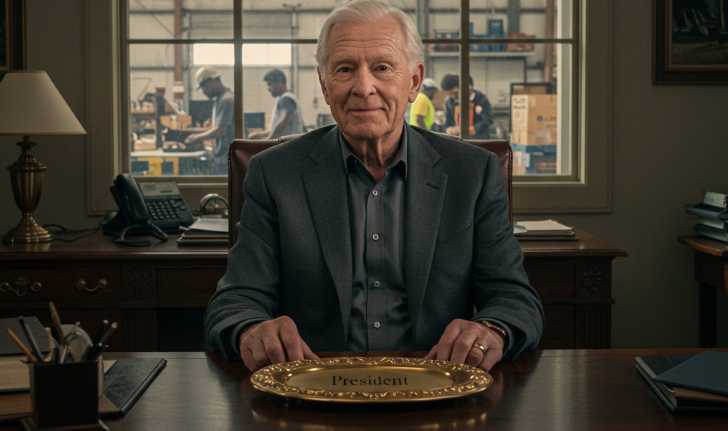With many baby boomer entrepreneurs in their 60s and 70s, thoughts of retirement and succession planning are rising to the top of their minds. After decades of hard work, long hours, and personal sacrifice, the idea of stepping away can bring a mix of relief and anxiety. While most people think of selling to a third party or passing the business down to their children, there’s another compelling—but often overlooked—option: selling your business to your employees through an Employee Stock Ownership Plan, or ESOP.
An ESOP might not be the first exit strategy that comes to mind, but it’s one that deserves serious consideration. This unique structure allows you to gradually or fully transfer ownership to the people who already know and care about the business—your employees—while also offering you a fair buyout.
As of 2014, more than 7,000 companies in the U.S. used an ESOP, covering 13.5 million employees, according to the National Center for Employee Ownership (NCEO). This number continues to grow as more business owners recognize the dual benefits of financial gain and legacy preservation that ESOPs can offer.
So, how does it work?
An ESOP is a qualified retirement plan that invests primarily in the stock of the sponsoring employer. It operates through a trust, which holds shares on behalf of employees. When an owner is ready to exit, the ESOP trust can purchase the owner’s shares using a combination of company contributions and borrowed funds (a “leveraged ESOP”), giving the owner liquidity while enabling employees to gain a stake in the business.
Related Post: How To Compute the Value of a Company – Everything You Need to Know About Business Valuation
There are a few key benefits to this strategy:
- Tax Advantages: Contributions to an ESOP are tax-deductible, including both principal and interest on loans used to buy out the owner’s shares. In certain cases, sellers can defer capital gains taxes by reinvesting the proceeds in qualified replacement property under IRS Section 1042.
- Preserving Culture and Jobs: Selling to employees can protect the company’s culture, values, and workforce. A third-party buyer might restructure, relocate, or even shut down parts of the business—but employees are more likely to maintain continuity.
- Motivated Workforce: When employees have ownership, they’re more invested in the company’s success. Studies have shown ESOP companies often outperform their peers in productivity, profitability, and employee retention. According to the NCEO, ESOPs reduce turnover and improve employee satisfaction.
- Flexible Timeline: ESOPs can be structured to gradually buy out the owner, allowing time to mentor a new leadership team and ensure a smoother transition.
This strategy is particularly attractive for businesses with a strong, committed team and consistent cash flow—such as construction firms, professional services, and manufacturing companies. However, setting up an ESOP does involve legal, financial, and administrative costs, so it’s essential to evaluate whether your business size and structure can support it.
It’s also worth noting that while ESOPs offer a powerful tool for succession, they’re not “set it and forget it” solutions. Ongoing administration and regulatory compliance are part of the package, and you’ll want expert guidance from financial advisors, attorneys, and ESOP consultants.
Still, for many baby boomer entrepreneurs, ESOPs strike the perfect balance: they allow you to cash out, reward the team that helped build the business, and leave a lasting legacy.
If you’re a baby boomer business owner thinking about what’s next, it might be time to look within. Your next owner might already be working for you.
Is selling your business to your employees through an ESOP the legacy-defining move you’ve been looking for?












